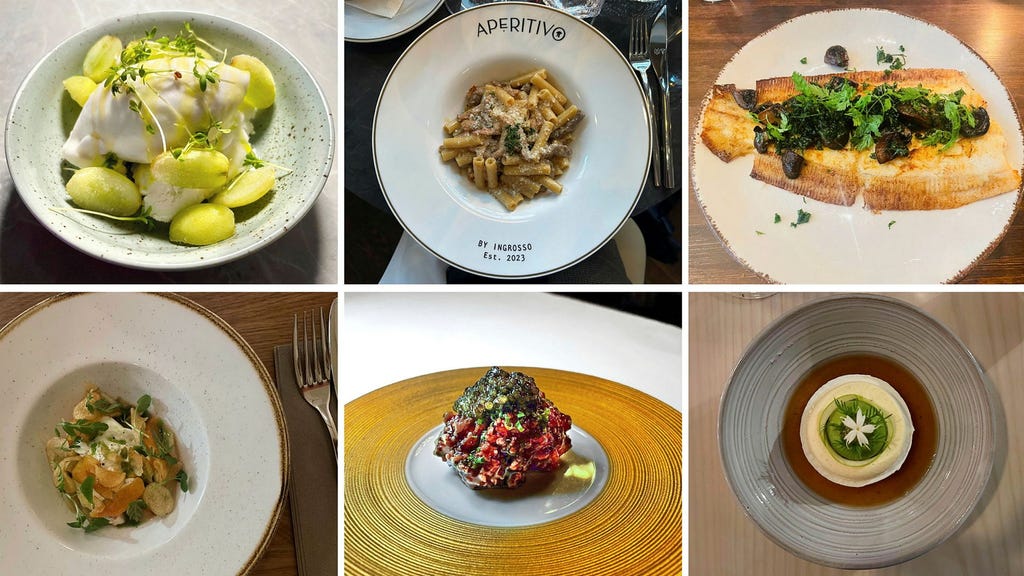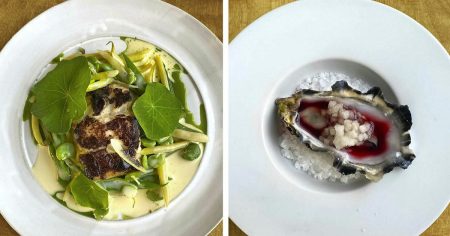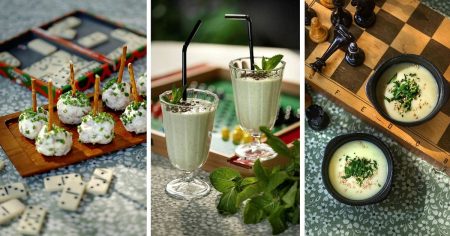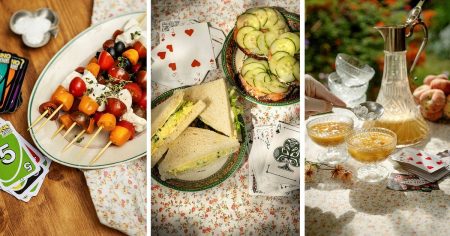Stockholm Dining Experiences: A Culinary Kaleidoscope
Stockholm’s vibrant culinary scene bursts with a diverse array of flavors and dining experiences, ranging from intimate Japanese omakase to inventive modern European cuisine. Ett Hem, living up to its name ("A Home"), offers a comforting, home-like ambiance where classic dishes are executed with a sure hand and creative flair. For authentic Japanese fare, Washoku Tomo presents an impressive omakase menu featuring perfectly prepared rice and exquisite sake. Art, in its new Hagastan location, provides a vibrant and energetic atmosphere where the knowledgeable staff guides diners through a menu of delectable small plates.
Stepping into the mid-range price point, a plethora of exciting options awaits. Bar Montan elevates the Slakthusområdet with its ambitious menus, intriguing wines, and charming service in a space that blends industrial chic with warm elegance. Bistro Zissou charms with its cozy setting in Gamla Stan, where Mediterranean and Nordic influences intertwine on a flavor-forward menu. Ergo, while offering a luxurious experience, could benefit from more adventurous creativity to match its high price tag. Noema caters to meat lovers with a continental flair, combining prime cuts with a selection of excellent smaller dishes. Riri ignites the palate with its fiery grill, showcasing precision and artistry in its dishes. Ärla shines as a beacon of affordable everyday luxury, offering inventive small plates that stand out among its mid-range peers.
Navigating the Middle Ground: From Familiar Favorites to Innovative Concepts
The mid-range dining scene in Stockholm presents a mix of established favorites, ambitious newcomers, and some that struggle to find their footing. Aristo, a refined neighborhood eatery, prioritizes presentation over flavor, excelling in desserts but lacking the depth of flavor expected at its price point. Bacchanale tantalizes with innovative flavors but suffers from inconsistencies in execution. Bar Central delivers solid Central European cuisine with an engaged staff and exciting wine list, though some dishes could benefit from further refinement. Bisous le Bistro, while embracing the French bistro trend, needs to polish its details to truly stand out. Bistro Renard offers a menu of French-inspired dishes, but the starters lack cohesion, playing it safe rather than embracing bolder flavors.
Continuing within the mid-range spectrum, Indian Street Food & Co., despite its aim to blend tradition with modernity, doesn’t deviate significantly from standard Indian fare. India’s creatively fuses Swedish ingredients with Indian spices, highlighting the surprising overlaps between culinary traditions. Kanon, centered around its namesake grill ("Kanon" meaning grill in Arabic), promises a fiery and flavorful experience with room for further refinement. Melanders Södermalm boasts high-quality seafood and expert preparation, though a touch more creativity could elevate its menu. Parken, a family-style eatery with Middle Eastern and Mediterranean influences, offers a shareable plates concept where the final bill can escalate quickly. Skörden, a combined culinary school and restaurant, presents a varied and occasionally inconsistent menu, offset by its lively atmosphere and affordability. Ulla Winbladh delivers reliably prepared classic Swedish dishes, though without any standout elements.
Disappointments and Hidden Gems: A Spectrum of Experiences
While Stockholm’s dining scene boasts many successes, some restaurants fall short of expectations. Aperitivo by Ingrosso, part of a larger culinary empire, attempts to move beyond Italian cuisine but lacks engaging flavors and compositions despite its artful plating. Café Klotet, despite a prime location and experienced team, suffers from inconsistencies in execution and finesse. Karamell relies heavily on its waterfront location, with its food ranging from average to underwhelming. Mamma o jag, despite its friendly atmosphere, fails to deliver on its promise of a family-style experience, offering uninspired small plates. Operakällaren, a legendary establishment, fumbles in its attempt to update its concept, with a confusing Japanese-influenced tasting menu that lacks coherence.
Even among the lower-rated establishments, some redeeming qualities can be found. Popina Vitti, while offering simple pasta and pizza at reasonable prices, demonstrates commendable ambition. Ruben struggles to attract diners despite its global fusion concept and dedicated staff. Tako’s extensive East Asian-inspired menu overwhelms both diners and staff with its sheer volume and lack of focus. Teddys, an unpretentious hole-in-the-wall, offers a casual atmosphere but lacks culinary excitement. Villa Dahlia’s Italian aspirations are hampered by inconsistent execution and questionable flavor combinations.
Beyond Stockholm: Exploring Culinary Destinations in Gothenburg and Malmö
Venturing beyond the capital, Gothenburg offers its own culinary delights. Faccia Grassa stands out with its passionate ode to Italian pasta, showcasing a concise and well-executed menu. Feskekörka, the newly renovated fish market, presents a more modern and minimalist ambiance, though it has lost some of its former charm. In Malmö, Atmosfär welcomes diners with a warm and friendly atmosphere and a compact, approachable menu.
Finding Your Culinary Compass in Stockholm’s Diverse Landscape
From upscale establishments to neighborhood gems, Stockholm’s restaurant scene offers a diverse tapestry of flavors and experiences. Whether seeking the comfort of classic dishes prepared with finesse, the thrill of innovative culinary creations, or the warmth of a family-style meal, there’s a dining destination to suit every taste and budget. While some restaurants may fall short of expectations, others shine brightly, showcasing the city’s dynamic and ever-evolving culinary landscape. By understanding the strengths and weaknesses of each establishment, diners can confidently navigate the city’s vibrant food scene and discover their own personal culinary haven.














